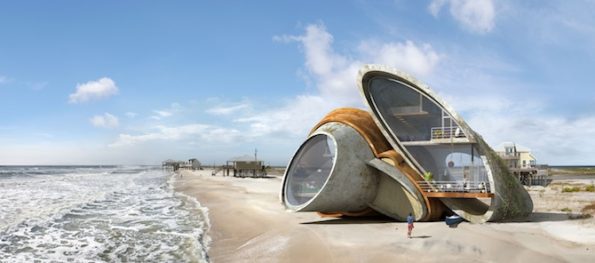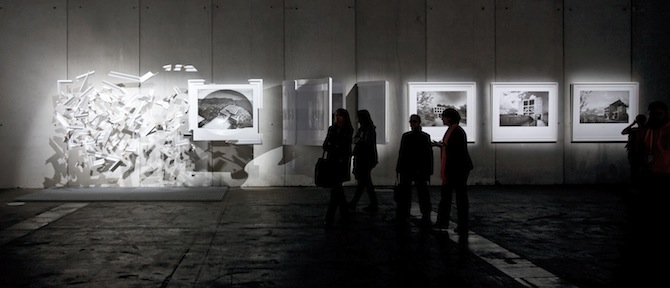Search
To search for an exact match, type the word or phrase you want in quotation marks.
A*DESK has been offering since 2002 contents about criticism and contemporary art. A*DESK has become consolidated thanks to all those who have believed in the project, all those who have followed us, debating, participating and collaborating. Many people have collaborated with A*DESK, and continue to do so. Their efforts, knowledge and belief in the project are what make it grow internationally. At A*DESK we have also generated work for over one hundred professionals in culture, from small collaborations with reviews and classes, to more prolonged and intense collaborations.
At A*DESK we believe in the need for free and universal access to culture and knowledge. We want to carry on being independent, remaining open to more ideas and opinions. If you believe in A*DESK, we need your backing to be able to continue. You can now participate in the project by supporting it. You can choose how much you want to contribute to the project.
You can decide how much you want to bring to the project.

In accord with his own precepts, philosophy and the trends that were in vogue at the time, Le Corbusier praised the virtues and the benefits that machines could bring not only to society bit also as a tool for architecture. The camera (or the macchina as the Italians would say) and the computer seem to be the main tools in the work of artist Dionisio González (Gijon, 1965), showing from today until 13 July at ivorypress. His series of manipulated photographs (Favelas, Halong, Dauphin Islands, Busan, Venice*) are especially well-known in the world of architecture for their critical focus on the contemporary city and today’s urban planning, incapable of resolving problems beyond the immediacy of expropriation, demolition or short-term patching-up. His photomontages are personal proposals for the contemporary city that present alternative ways of making a city, taking advantage of what is already there and also with actions similar to Kenneth Frampton’s “critical regionalism”. [[FRAMPTON, Kenneth. “Hacia un regionalismo crítico: Seis puntos para una arquitectura de resistencia” en La Posmodernidad, ed. Hal Foster (Barcelona: Kairós, 1985)]]
Although one can’t deny that his research into certain latent urban situations is interesting, nor that the artistic and technical quality (the light and colour in his images are meticulously impeccable), his determination to go almost too far (further than an actual architect would go) in his definition of architectural and urban proposals makes them seem slightly naive, superficial and contradictory with respect to the virtues that he seems to want to expound in principle, clouding the final message of the work. The informality and unpredictability of spontaneous urban settlements seem to become domesticated and programmed, the endeavour being to stylise the material precariousness through capricious formal solutions and supposedly “glamorous” materials which seem to demand an aesthetic of “good taste” (in the most conventional sense of the word) and a process of friendly gentrification, but gentrification nonetheless. Equally his hyperrealist style, a mix of commercial property and video-game simulator, currently the dominant trend in the aesthetics of the most competitive world of architecture (tenders, selling projects to clients, presentations) suffers from a lack of irony that one misses.

That said it is a pleasure to see the latest project by Dionisio González. “Le Corbusier. The Last Project” is a spectacular photographic reconstruction of twenty “unborn” projects by Le Corbusier and it is therefore one shows off his artistic capacity for representation and interpretation, closer to Piranesi’s Romanticism and further from any more risky architectural pretensions. The “staging” (which could be seen at the last ARCO* fair) recovers the essence of the most spectacular installations such as Elegía* (2008) and Transfigured Schöenberg* and, even though Le Corbusier was “probably the 20th century architect to have been written about most” [[COLOMINA, Beatriz. Privacidad Y Publicidad: La Arquitectura Moderna Como Medio De Comunicación De Masas. Hortal, Isabel (trad.). Murcia: Cendeac, 2010]]. and his documentary collection is definitely the biggest in the history of architecture, his work can never be exhibited too much and presented to more amateur audiences who don’t have the time or the inclination to research the works of this famous architect and relate better to systems of 3D representation than to classic technical plans, collages and drawings.

Pilar Díez likes eating Labrador puppies, drinking hot water and smoking cigarettes right up until the filter… though the filters don’t taste of much: free of moral or aesthetic stigma, sometimes she meets up with people she shouldn’t and investigates what ever she feels like. Thanks to this she comes across unexpectedly beautiful things that, sometimes, she writes about.
"A desk is a dangerous place from which to watch the world" (John Le Carré)